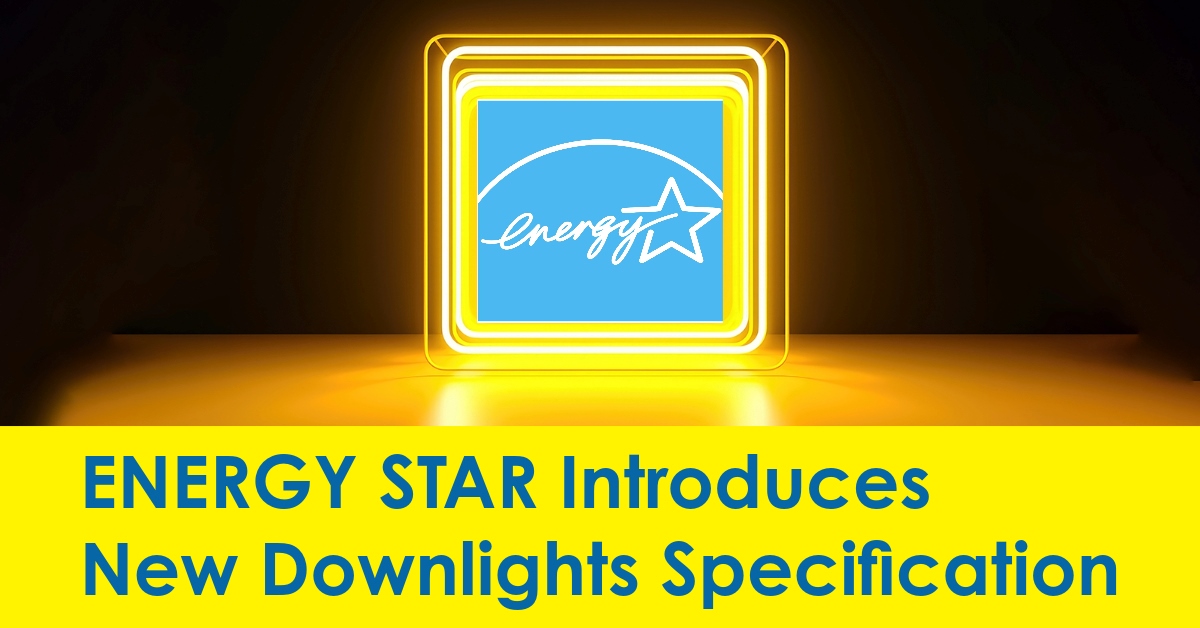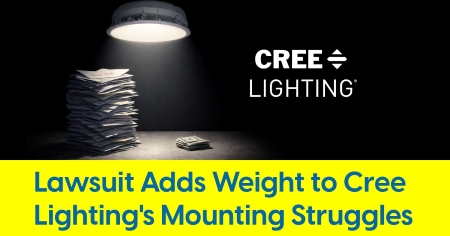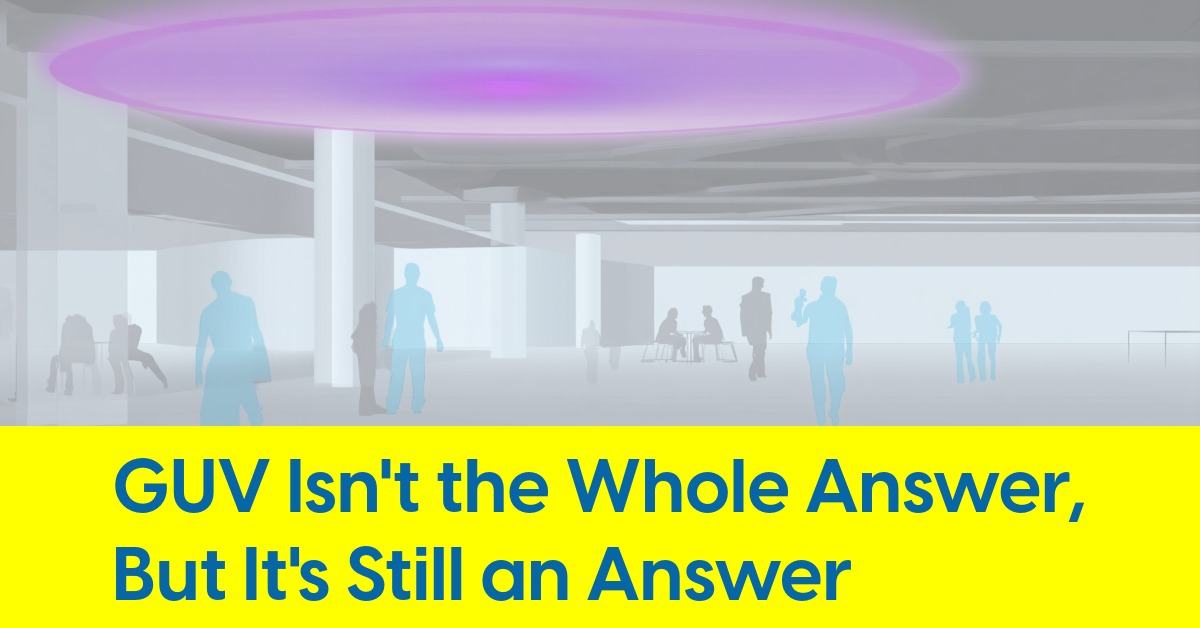December 4, 2023
ENERGY STAR Introduces New Downlights Specification

Introduction to ENERGY STAR Downlights Specification V1.0
ENERGY STAR, the energy efficiency program administered by the U.S. Environmental Protection Agency, has recently finalized its Downlights Specification Version 1.0. Officially completed on November 16, 2023, and effective immediately, this new specification sets a benchmark for downlights in the lighting industry. It is poised to fully replace the existing Luminaires specification by January 1, 2025.
The new ENERGY STAR specification, designed to promote the use of energy-efficient lighting solutions, has broadened its scope to include various types of downlights, moving beyond the traditional recessed models. Notably, this specification encompasses flush-mount downlights, wall-mounted downlights, and retrofit kits that convert legacy light source downlights to LED technology.
Under this specification, eligible products must meet stringent criteria. The certification is limited to downlights and recessed downlight retrofit kits with a total input power below 150 watts. These products are intended for direct connection to the electric power grid, as detailed in Appendix A of the specification.
In terms of product types, the specification includes:
-
Downlights with built-in or integral LED modules and apertures of ten inches or less. These may be fully or partly recessed into the ceiling, surface-mounted, or wall-mounted to project light downwards. Also included are models that can be suspended from ceilings or walls through cords, chains, or tubes.
-
Recessed downlight retrofit kits with similar characteristics as mentioned above.
Following are minor revisions made in the final specification:
-
Single- and multi-head monopoint accent lights were added to the excluded products list in Section 1.2 and an example photo was added in Annex A. This product is essentially the same category as track lights but was not explicitly called out before.
-
Two definitions were modified (one definition was added, and one definition was removed) in Section 4:
-
The “Accent Light” definition was replaced by “Recessed Accent Light” to better clarify the difference between included recessed adjustable accent lights and excluded single- and multi-head monopoint accent lights.
-
A definition of "Communication Link” was
-
The “Input Power” definition was modified
-
The “LED Light Engine” definition and all references to light engines in other sections were removed since a complete unit of the representative model must be tested.
-
-
The requirement for testing color tunable and multi-output models at the default white light setting and reporting input power, light output, CCT, and CRI at that setting have been removed from Section 5.1. This approach is no longer pertinent, as with the new approach the partner is responsible for representing a product certification only at the most consumptive setting. Therefore, only in the case where the default is the most consumptive setting would its performance be reported.
-
To further aid in understanding the new approach and provide all relevant requirements for establishing a product family’s tested representative model in Section 6.1, EPA carried over language from Section 12.1 on thermal management. “Downlight retrofit kit must be tested in the worst-case thermal condition for which it is rated per ANSI/UL1598C-2014” and “recessed downlight retrofit kits must be tested in the worst- case thermal environment that the product is rated for per ANSI/UL1598C-2014.”
-
The Start time test method was updated to include ANSI/IES LM-79-
-
Step Dimming was removed from Section 1 for products marketed as dimmable since continuous dimming is required.
While retesting is not required for Version 1.0, based on the new approach to product groupings or “families” (going from least efficient to most consumptive), partners may benefit from doing additional testing to submit a new representative tested model to optimize their product family listings. Specifically for color tunable models certified to Luminaires V2.2, partners should work with their certification body to leverage existing test data to the greatest extent possible since the variation between the least efficient setting and most consumptive may be negligible for certain criteria. Finally, to provide a better understanding of the new approach to product certification EPA included an example of an allowable product family in Section 6 of the specification.
On Tuesday, December 5, 2023, at 2:00 PM EST EPA will host a webinar, providing an overview of the major changes from Luminaires V2.2 to Downlights V1.0. Register here to attend.
Partners may now begin to work with their EPA recognized Certification Body (CB) to certify their eligible products to the Downlights Version 1.0 requirements.










